The multi-pronged search for the Holy Grail of the pandemic: a vaccine
Researchers across the country are working tirelessly and collaborating on various approaches.

Stephen Barr needed reagents in his quest to develop a vaccine for SARS-CoV-2, the virus that causes COVID-19. An associate professor at Western University’s Schulich School of Medicine and Dentistry, Dr. Barr called colleagues in Switzerland about securing a supply of these substances used for chemical reactions.
“They had what we needed and they put them in the mail. It’s very collegial,” he said. “Everyone is collaborating with everyone and sharing information, and it’s great.” He has received reagents from the U.S. as well, and is collaborating with other researchers in Ontario to source supplies.
Dr. Barr said if he needs an approval from the university, instead of it taking weeks, “I can usually get it within the day.”
About a dozen research groups across the country seek the Holy Grail of solutions to this pandemic: a vaccine. They’re getting generous funding support for their varied approaches to making a safe, effective product. “We don’t know what the right approach is going to be until we do it,” said Roy Duncan, a professor and holder of the Killam Chair in Virology at Dalhousie University.
Isolating the virus
The research in Canada began once there was an isolated virus to work with. “Once you have the virus and you’ve got a little vial containing it, you can do things like study how it replicates, how it causes disease,” says Rob Kozak, a clinical microbiologist at Sunnybrook Health Sciences Centre and the University of Toronto.
In February Dr. Kozak teamed up with Samira Mubareka, a microbiologist and infectious disease physician also from Sunnybrook and U of T, and Arinjay Banerjee, a postdoctoral fellow at McMaster University’s Institute for Infectious Disease Research, and isolated the virus from clinical specimens in just two weeks.
He said the researchers’ experience working with diseases such as Ebola and Middle Eastern respiratory syndrome (MERS), which is also caused by a coronavirus, helped in their success. So did advice from colleagues. “Everyone was really great about sharing tips and tricks – little things that helped speed up the whole process,” he said.
Dr. Kozak and his team sent samples of the virus to research groups across the country and to the biorepository at the National Institutes of Health in the U.S. (A team at the University of Saskatchewan also isolated the virus, and is sharing their materials too.)
Collaboration, not competition
Now Dr. Kozak is working on a vaccine with a team that includes Gary Kobinger, a professor in the department of microbiology and infectious diseases, and the director of the Research Centre on Infectious Diseases, at Université Laval. “It’s better to collaborate than compete,” says Dr. Kozak, who says his team is looking at a number of approaches at this early stage.
For his part, Dr. Kobinger is working on four vaccine collaborations with partners in Toronto, Montreal, Winnipeg and Saskatoon. Some of these groups are targeting DNA, while others are using the live vector approach, which uses a portion of a live vaccine to trigger an immune response.
“For us, this is just another day at the office,” say Dr. Kobinger, who’s accustomed to working with dangerous pathogens in urgent public health situations – he was a key player in the development of a vaccine for Ebola. What’s different this time, he said, is the generous funding available and the level of interest among the public. “We are getting more support. This is a global problem.”
With so many projects on the go, Dr. Kobinger has a lot to juggle. “I have a very good coordinator. She’s very patient with me as I keep sending her emails of things I need to set up.”
He said because COVID-19 has spread around the world and infects the young and the old alike, we may need different vaccines for different groups. “We are so different in the human population,” he said, so genetics might matter, as could age.
For Dr. Barr at Western, working at a new lab that contains a level 3 containment facility – which is needed for this very contagious virus – the approach is to adapt vaccines already in development for HIV and MERS from professor emeritus Chil-Yong Kang.
They’re making a recombinant vaccine that mixes the spike protein of the coronavirus with other coronavirus proteins and then putting them into another virus that doesn’t make humans sick. “It’s really presenting that protein in a natural context,” says Dr. Barr, noting that this approach may offer a long-lasting immunity. Western is also creating a bank of vaccines against an array of illnesses, including coronaviruses, so they’re on hand for future outbreaks.
A variety of approaches
In a similar vein, Dr. Duncan of Dalhousie is developing a pan vaccine that could potentially treat many coronaviruses, as well testing a DNA-based vaccine specifically for the virus that causes COVID-19. The latter was developed by Edmonton company Entos Pharmaceuticals, with Dr. Duncan now doing pre-clinical studies with this vaccine, employing a family of virus proteins he’s discovered that help with intracellular delivery.
“Getting a vaccine into the cells is a major stumbling block,” he said. He’s hoping their technique will both cause people to produce antibodies to stop the virus and to eradicate any virus that’s already taken hold in a few cells. “It’s best when you arm both sides,” he says.
Other promising projects in Canada include that of professor Wilfred Jefferies and colleagues at the University of British Columbia, who are working on what they call a “high-performance” vaccine that would require just a small dose to trigger antibodies and long-lasting immunity. Such a vaccine, if effective, could be mass-produced safely, cheaply and efficiently.
Over the next few months, expect to hear news of breakthroughs and stumbles, with some teams scrapping aspects of their work that are not panning out, and joining up with new partners to share knowledge. “What we’re probably going to see, maybe a year from now, is a number of promising vaccines,” said Dr. Kozak. “That’s why you make sure you have a lot of different horses in the race. It doesn’t matter who wins, as long as one of them wins.”
Featured Jobs
- Business – Lecturer or Assistant Professor, 2-year term (Strategic Management) McMaster University
- Emergency Medical Services - Dr. Ron Stewart EMS Clinician Scientist Dalhousie University
- Director – Faculty Bargaining ServicesCanadian Association of University Business Officers (CAUBO)
- Psychology - Assistant Professor, 9.5 month TermSaint Mary's University
- Dean, Faculty of Health StudiesBrandon University





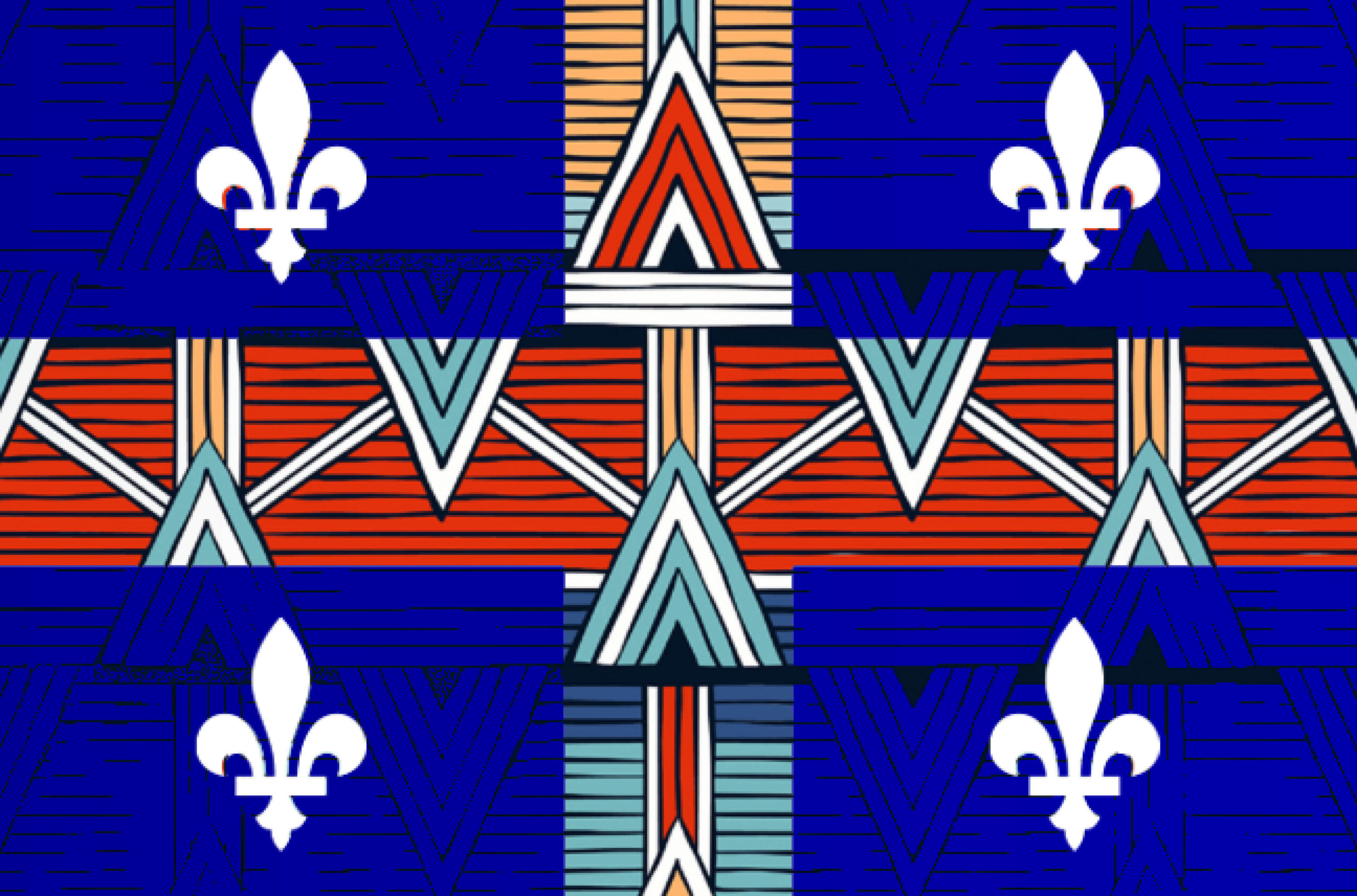

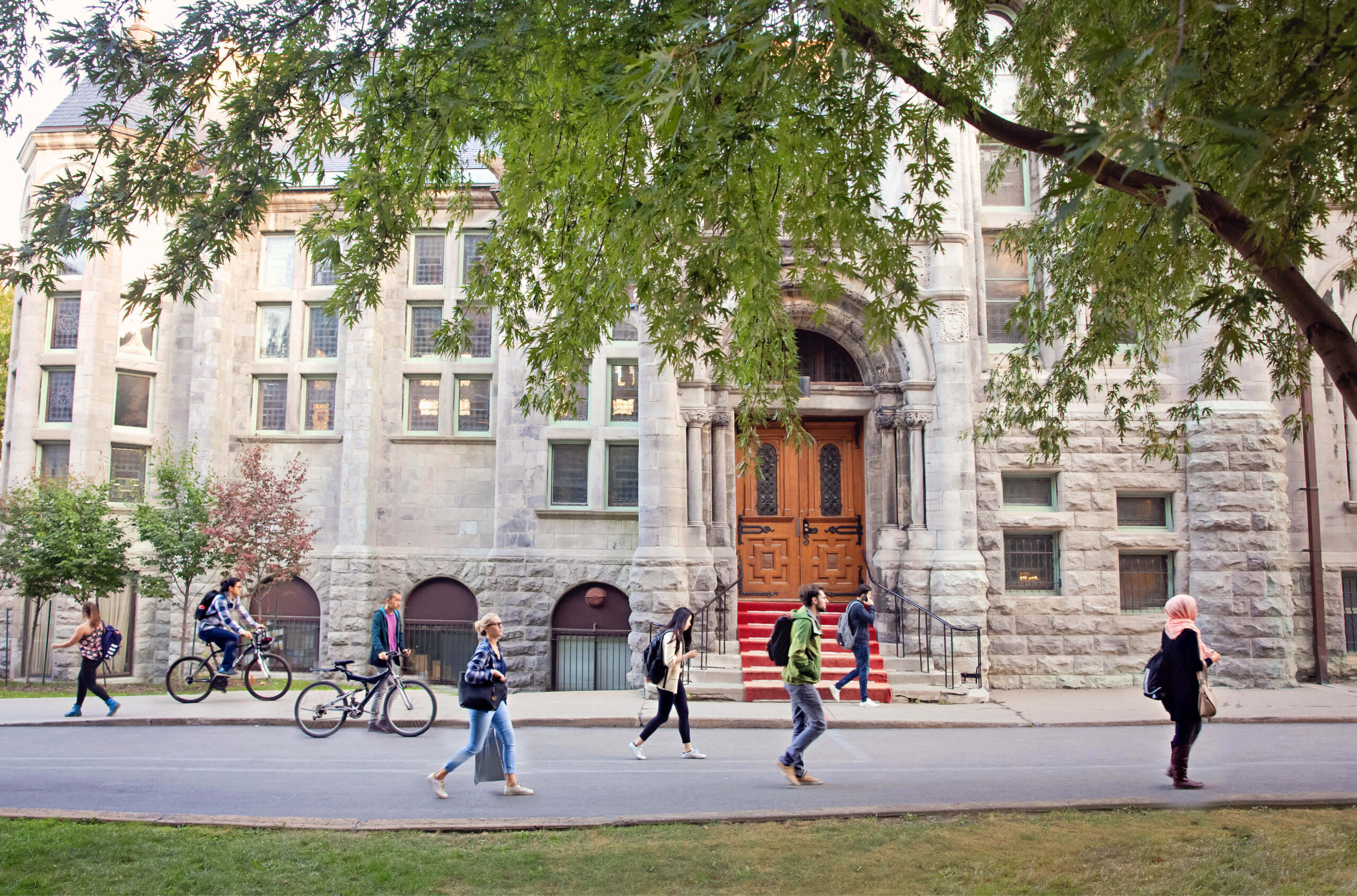


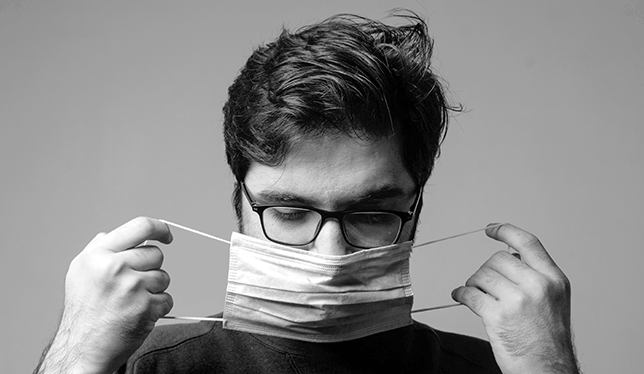
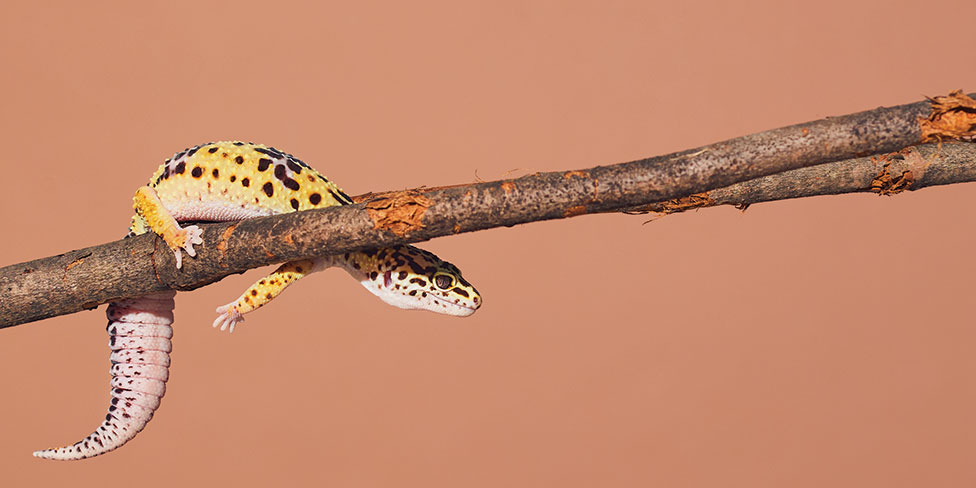
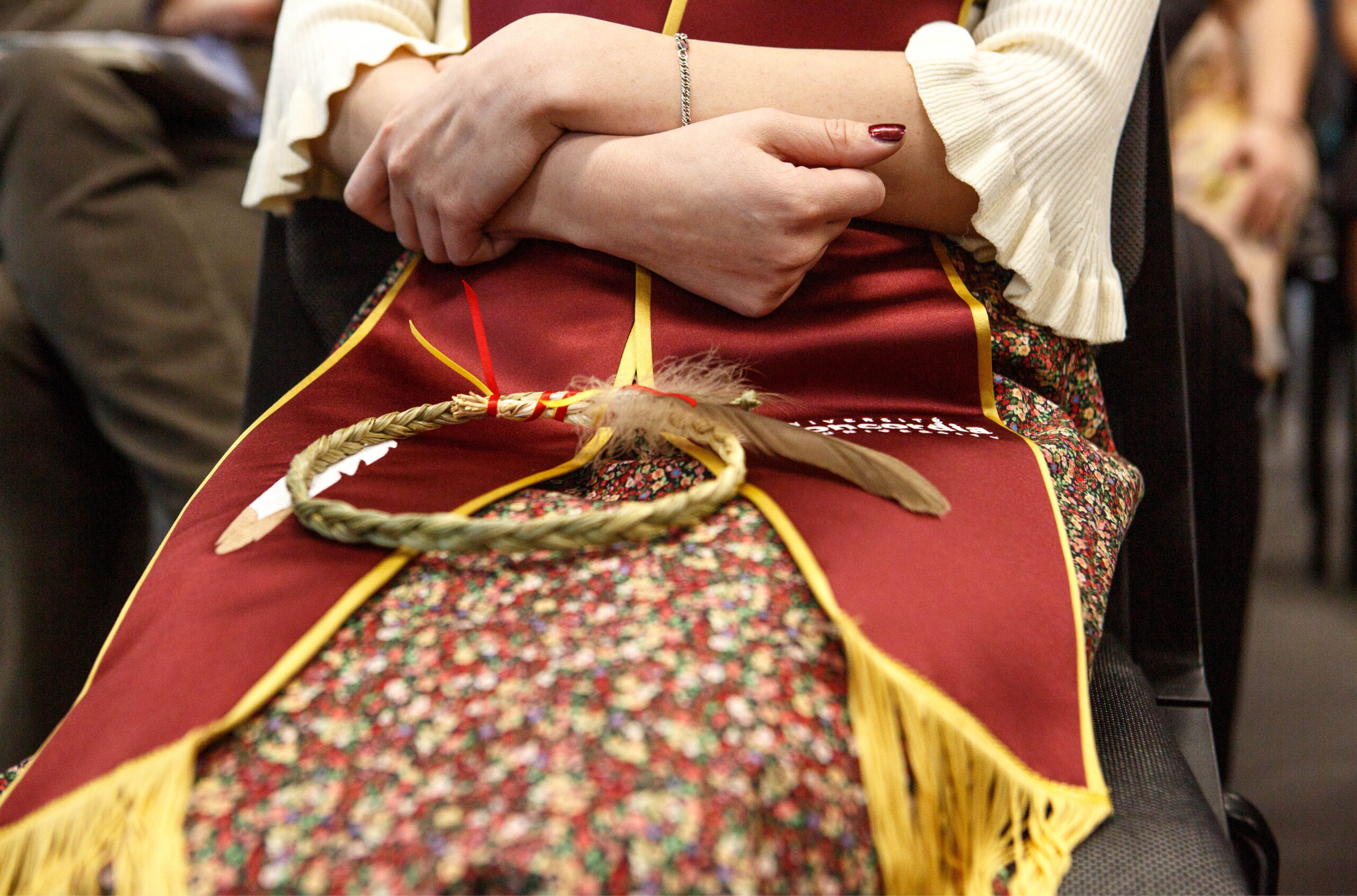

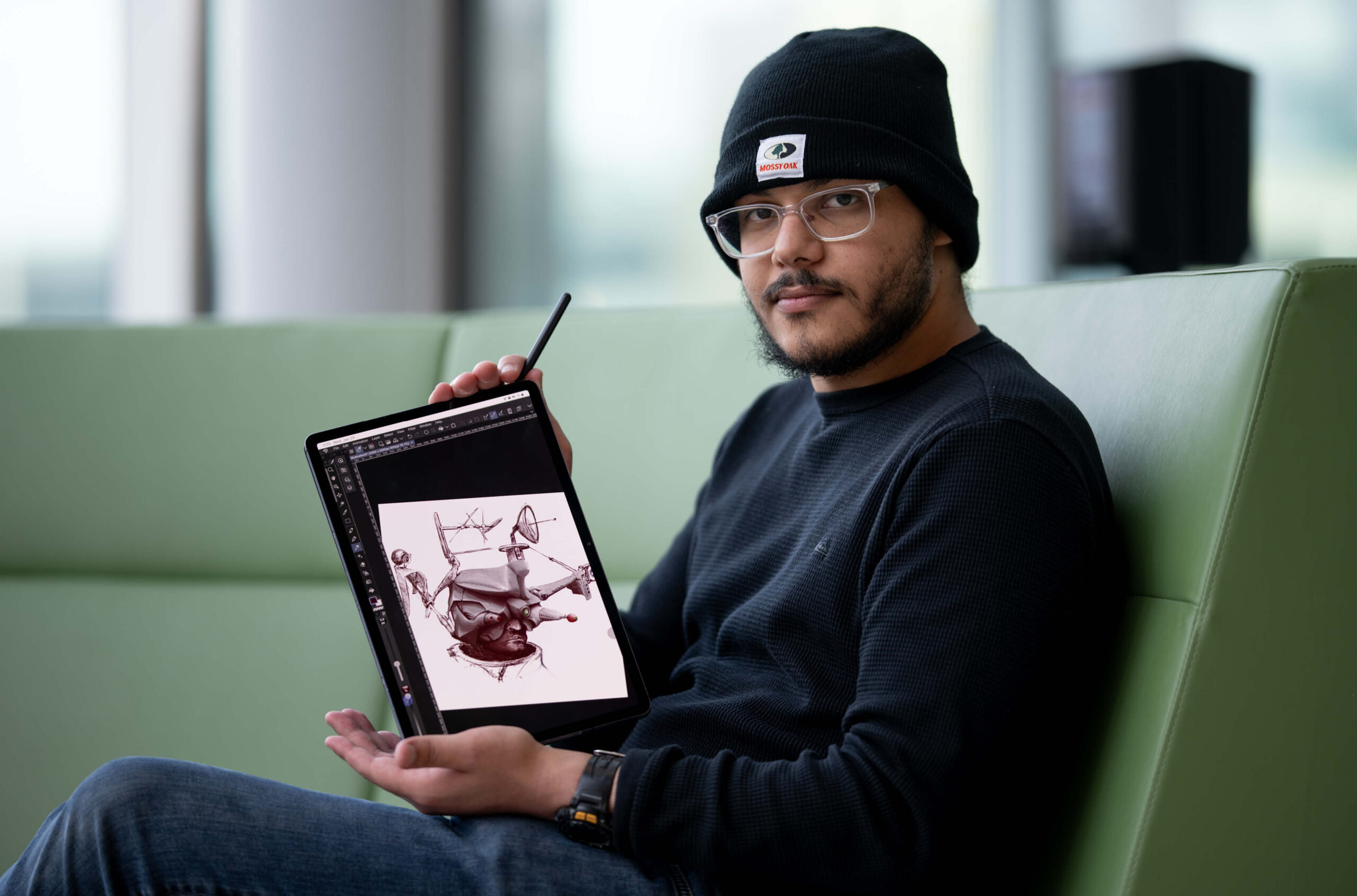
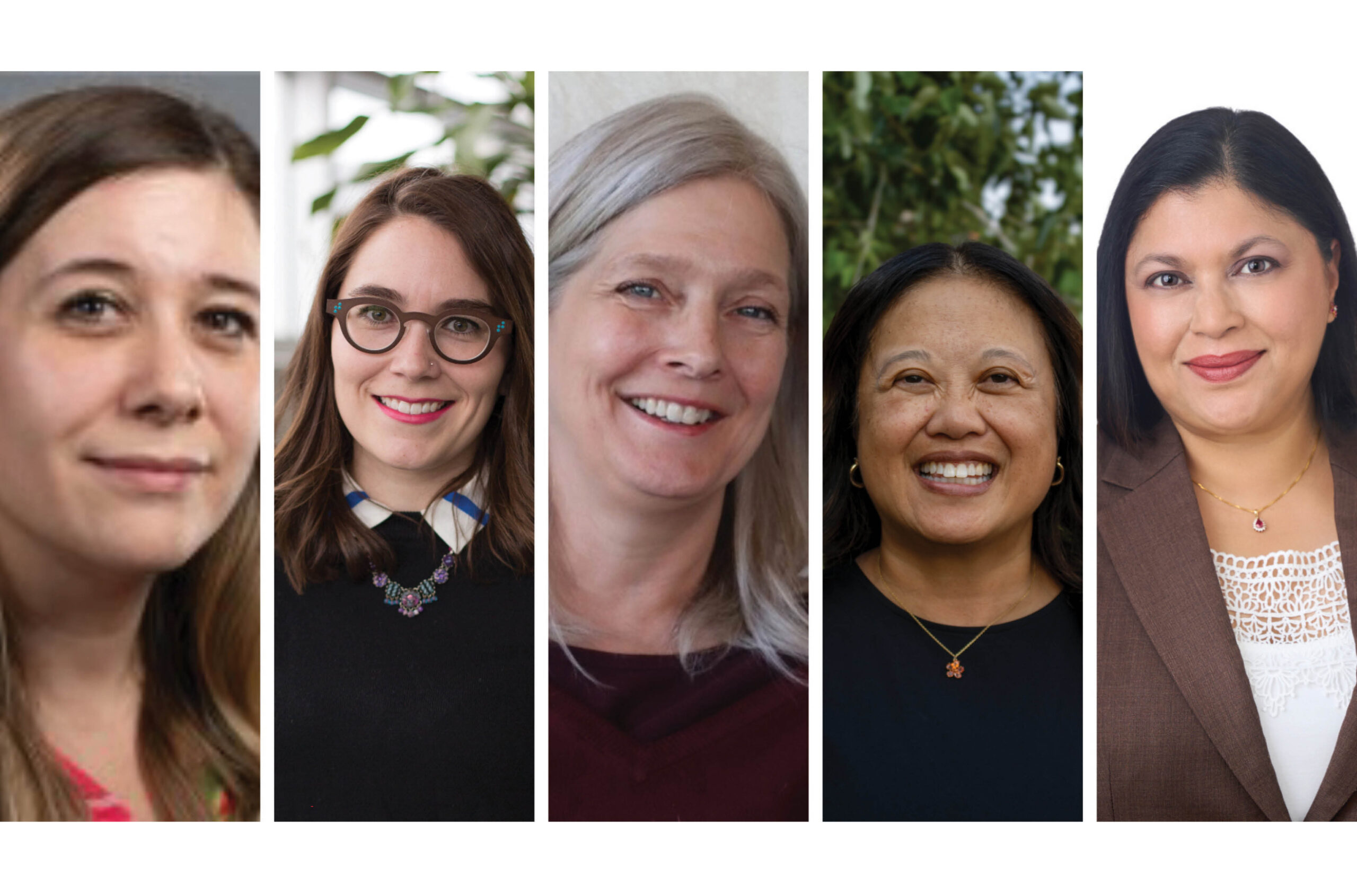
Post a comment
University Affairs moderates all comments according to the following guidelines. If approved, comments generally appear within one business day. We may republish particularly insightful remarks in our print edition or elsewhere.